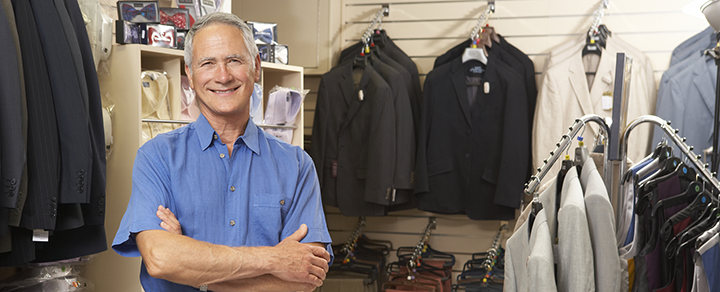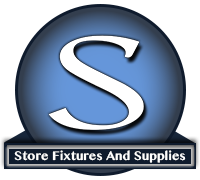Getting Creative with Slatwall
Determining what kind of slatwall is best for your business depends on a number of different factors, including the nature of the product, the layout of the store, and the intended shopper experience. The trick is to plan out these factors before arranging the store. Check out the following three tips to get the most out of your slatwall displays.
1. Mix and match your slatwall panels
Changing up the layout and design of your store gives customers the impression of “fresh” products and a new presentation. But you don’t have to do anything dramatic like buy entire new shelves every sales quarter. One easy solution is mixing and matching the slatwall hardware in your slatwall displays. For example, if your slatwall display is a dark-colored wood, create a dynamic look by using our attention-grabbing Goshen White slatwall panels. You can even get creative with alternating slatwall panels or color coded ones to better organize merchandise.
2. Choose a complimentary slatwall display
Most retailers choose a slatwall display based on how it looks when the shelves are empty, but the look and layout of these structures plays a big role in your product presentation. According to research published by KISSmetrics, different colors have a different influence on shoppers. For example, the color red has shown to increase energy and heart rate, while also creating a sense of urgency. As a general rule, brighter colors call for action, while darker colors create a more relaxing environment. So if you want a sophisticated look, choose black slatwall displays, or try a warm cherry hue for a more exciting atmosphere.
3. Keep slatwall hardware simple
Slatwall accessories are designed to maximize space and enhance the layout of your store. However, it’s important not to overload these fixtures, since this can create a cluttered, overwhelming affect for the customer. Slatwall fixtures should be as inconspicuous as possible, so the product itself is always in the spotlight. For example, it’s best to hang hook waterfalls high up on the wall, so the customer sees only the product and isn’t distracted by its display.






